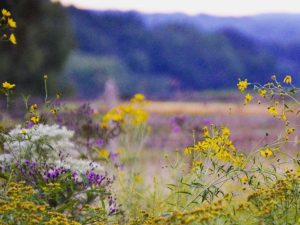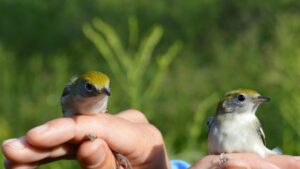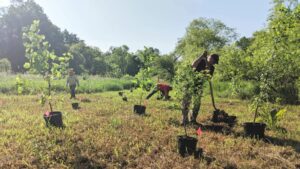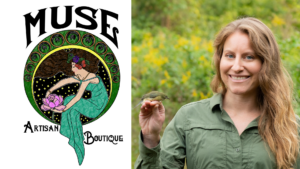
OUR NATURE PRESERVES
Our nature preserves are open to the public 365 days per year from sunrise to sunset, providing natural places that offer peace and respite for all. Willistown Conservation Trust owns and manages Hartman Meadow, Ashbridge, Kirkwood, Kestrel Hill and Rushton Woods Preserves. We maintain these lands to preserve and enhance … Learn more about our nature preserves.
Upcoming Events
Public Bird Banding
911 Delchester Rd, Newtown Square, PA
DONATE TODAY!
land connects all life With your gift to the Annual Fund, you're not just contributing to the protection of land; you're investing in a legacy of stewardship that will benefit generations to come. Every contribution, no matter the size, brings us closer to a shared goal of creating a future where land … Donate Today
WHERE WE WORK
The work of the Willistown Conservation Trust is concentrated on 28,000 acres of Willistown Township … read more













